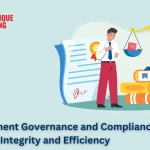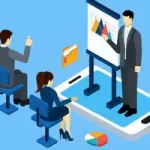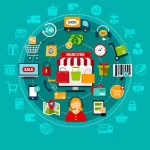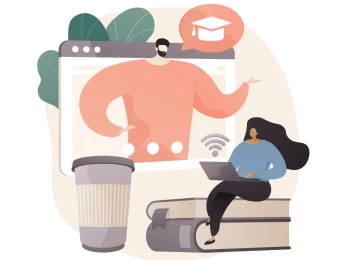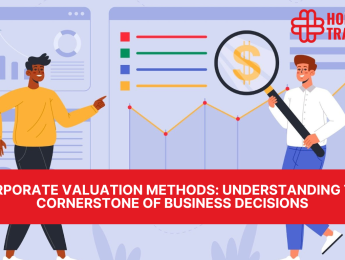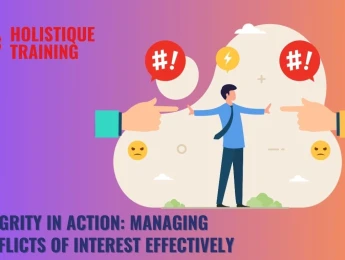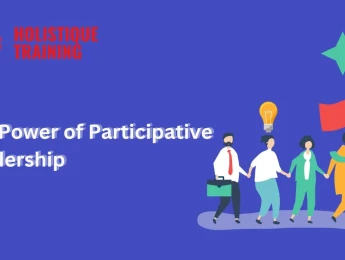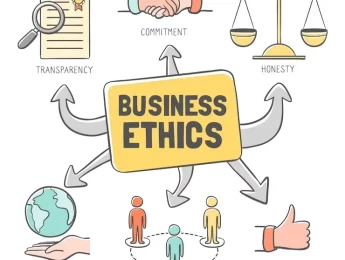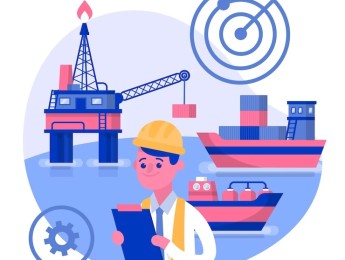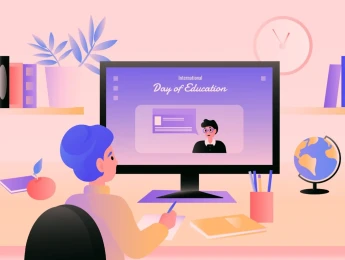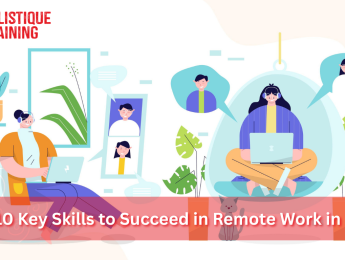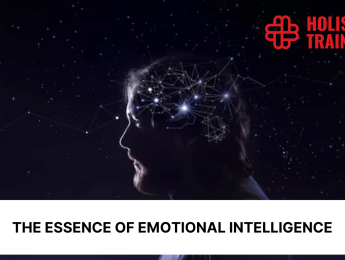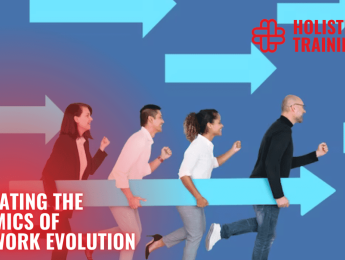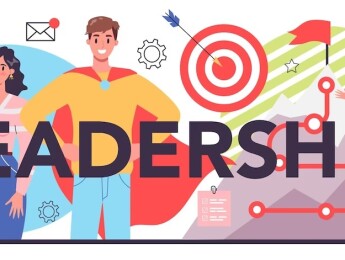- Table of Contents
- Introduction
- What Is Procurement Orchestration?
- Why Is Procurement Orchestration Important?
- How Is Orchestration Different from Automation?
- The Role of AI in Procurement Orchestration
- How AI Improves Coordination
- Examples of AI Tools and Techniques
- Key AI-Driven Innovations in 2025
- Demand Forecasting Using AI
- Automation of Negotiations (Negotiation Bots)
- Holistic Data Visibility and Spend Analytics
- Risk Detection and Fraud Prevention
- Benefits of AI in Procurement Orchestration
- Increased Efficiency and Cost Reduction
- Enhanced Transparency in Supply Chains
- Faster Response to Market Changes
- Challenges and Risks
- Technical Challenges (Data and Integration)
- Ethical and Governance Concerns
- Resistance to Change Among Teams
- Case Studies and Success Stories
- Global Companies Implementing AI Orchestration
- Measurable Impact
- Preparing for the Future
- Developing New Skills and Practices
- Tips for Successful AI Adoption
- Conclusion
Introduction
In today’s fast-changing and interconnected world, procurement and supply chain management have become more important than ever. Companies now deal with global suppliers, fast-shifting markets, and customers who expect everything to be quick, transparent, and sustainable. On top of that, there are also new challenges like unpredictable events, stricter regulations, and rising competition.
Here comes the power of Artificial Intelligence (AI). AI has opened the door to a smarter and more flexible way of managing procurement — what we call procurement orchestration. This means bringing all the moving parts of procurement together into one smooth, well-coordinated process that delivers real value.
The year 2025 is especially significant because AI is no longer just an experiment or a luxury — it has become a must-have for organisations that want to stay ahead. AI tools have become smarter, more affordable, and easier to use. Companies that don’t embrace them risk falling behind in a world where being fast and making good data-based decisions are critical.
In this article, we’ll explain what procurement orchestration really means, how AI makes it better, what new innovations are coming in 2025, the benefits and challenges of using AI, real examples from companies that succeeded, and what you can do to prepare for the future.
What Is Procurement Orchestration?
Procurement orchestration means carefully coordinating people, processes, and technology so that the entire procurement process works smoothly, efficiently, and with a focus on adding value.
In many companies, procurement is still a bit messy — with teams working separately, tools not talking to each other, and decisions being made without seeing the full picture. Orchestration solves this by bringing everything — from choosing suppliers to paying invoices — into one connected strategy.
Why Is Procurement Orchestration Important?
Supply chains are becoming more complicated. Companies might have thousands of suppliers across many countries, each with different rules and risks. Even a small problem — like a shipment delay or a supplier going out of business — can have big consequences.
Procurement orchestration helps companies:
- Deal with disruptions more easily, because everything is visible and connected.
- Find ways to save costs by improving the whole process, not just parts of it.
- Make sure they follow all the rules and meet sustainability goals.
- Build stronger relationships with suppliers by being clear and fair.
With orchestration, procurement becomes more than just a support function — it becomes a competitive advantage.
How Is Orchestration Different from Automation?
Many people think that orchestration and automation are the same thing, but they’re not.
Automation is when you use technology to make one specific task faster — like creating a purchase order automatically.
Orchestration is bigger. It connects all those small automated tasks into a single smart process that can adapt to changes and help the company achieve its bigger goals.
Here’s a simple comparison:
Feature | Traditional Automation | Procurement Orchestration |
Scope | Focuses on single tasks | Covers the entire process |
Flexibility | Follows fixed rules | Learns and adapts with AI |
Decision-making | Minimal decisions | Supports smart, strategic decisions |
Visibility | Only part of the picture | Shows the full supply chain |
Outcome | Time and cost savings | Strategic value and alignment |
So, orchestration is like being the conductor of an orchestra — making sure every instrument plays in harmony to create beautiful music, rather than just playing louder or faster.
The Role of AI in Procurement Orchestration
AI makes procurement orchestration smarter and more flexible. It helps companies connect their data, processes, and people in a way that’s hard to do manually.
How AI Improves Coordination
AI allows companies to bring together different parts of procurement — such as managing suppliers, predicting demand, negotiating contracts, and making sure everything stays compliant — into one system.
AI tools don’t just follow instructions; they learn from data over time, which means they keep getting better. They can spot mistakes, predict problems, and even recommend the best actions to take.
For example, a McKinsey & Company study showed that companies using AI in procurement orchestration reduced their costs by 10–15% and improved their efficiency by more than 30%.
Examples of AI Tools and Techniques
Here are some common AI technologies used in procurement orchestration:
- Machine Learning (ML): Helps predict how much of a product you’ll need and how suppliers are performing.
- Natural Language Processing (NLP): Reads and analyses contracts automatically, saving time and reducing errors.
- Reinforcement Learning: Powers negotiation bots that learn and adjust their tactics during real-time negotiations.
- Anomaly Detection: Spots unusual patterns, such as possible fraud, errors, or supplier issues, before they become serious problems.
These AI tools help companies work smarter — not just faster — and adapt quickly to changes in the market.
Key AI-Driven Innovations in 2025
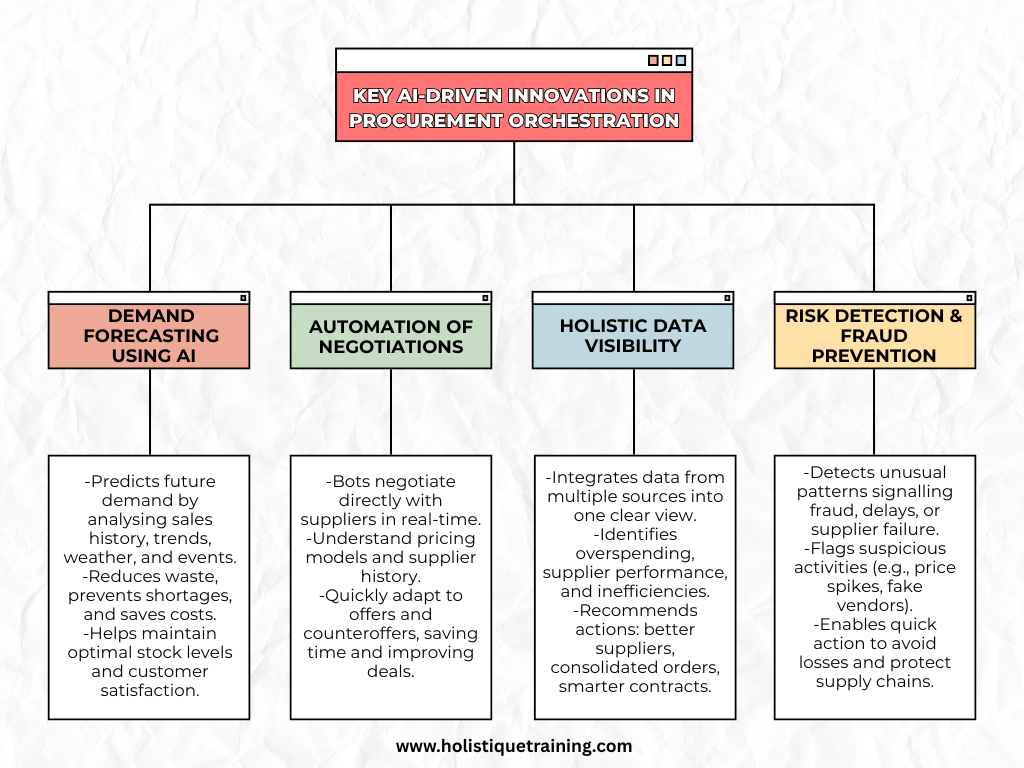
Demand Forecasting Using AI
One of the biggest challenges in procurement is knowing how much stock to order and when. If a company orders too much, it wastes money and space. If it orders too little, it risks running out of products and losing customers.
AI helps solve this problem by analysing historical data (such as past sales), current market trends, and even external factors like weather, holidays, or political events. For example, AI can predict that sales of certain products will rise during a heatwave or drop during a recession.
This ability to “see ahead” means companies can plan better, reduce waste, and ensure they always have the right amount of stock — no more, no less. In industries like retail and manufacturing, this can save millions of pounds each year while keeping customers happy.
Automation of Negotiations (Negotiation Bots)
Negotiating with suppliers usually takes a lot of time, involves long discussions, and depends heavily on the negotiator’s skill. AI-powered negotiation bots are changing that completely.
These bots are programmed to understand pricing models, supplier history, and company goals. They can hold real-time conversations with suppliers, make offers, adjust based on counteroffers, and close deals much faster than humans can.
For instance, if a supplier offers a price higher than expected, the bot can instantly analyse historical pricing and suggest an alternative. Or, if demand suddenly spikes, the bot can negotiate an emergency delivery at a fair rate — all within minutes. This saves time, improves consistency, and often results in better agreements.
Holistic Data Visibility and Spend Analytics
Procurement data is often scattered across many different systems — spreadsheets, emails, supplier portals, and finance software — making it hard to see the full picture.
AI brings all this data together into one platform, creating a clear, holistic view of everything happening in procurement.
With this visibility, managers can answer key questions like:
- Where is the company spending too much?
- Which suppliers are delivering the best value?
- Are there patterns that indicate waste or inefficiency?
Advanced spend analytics powered by AI not only show what is happening but also recommend what to do next — like suggesting better suppliers, consolidating orders, or renegotiating contracts. This makes procurement smarter and more strategic.
Risk Detection and Fraud Prevention
Unfortunately, procurement is vulnerable to risks such as supplier failures, fraud, or unexpected disruptions. Identifying these risks early is crucial.
AI is particularly good at spotting anomalies — unusual patterns in data that humans might overlook. For example:
- A supplier suddenly raises prices without reason.
- A series of invoices appear from an unknown vendor.
- Delivery times start slipping even though orders haven’t increased.
These signs can indicate fraud, quality problems, or future disruptions. AI sends alerts immediately, allowing teams to investigate and fix issues before they escalate. This keeps supply chains safer and saves money by avoiding losses.
Benefits of AI in Procurement Orchestration
Increased Efficiency and Cost Reduction
One of the most obvious benefits of AI is that it makes processes faster and less prone to mistakes. AI can handle repetitive tasks, like checking invoices or scheduling orders, much more quickly than humans.
It also analyses data to find smarter ways to save money — for example, by identifying cheaper suppliers or reducing unnecessary orders.
A Deloitte study showed that companies using AI in procurement saved up to 12% of their total procurement costs, which is a huge improvement in profit margins.
Enhanced Transparency in Supply Chains
Transparency is essential because companies must know what’s happening at every stage of their supply chain — especially when it comes to compliance and sustainability.
AI enables real-time tracking and reporting, so managers can see which suppliers are performing well, which shipments are delayed, and where money is being spent.
This builds trust with stakeholders, keeps the company aligned with regulations, and makes it easier to report on social and environmental goals. For example, if a supplier violates ethical standards, AI can flag it quickly so the company can take action.
Faster Response to Market Changes
Markets can change overnight because of things like natural disasters, political events, or sudden changes in customer behaviour.
Because AI can process huge amounts of data and simulate possible scenarios, it helps companies respond quickly and confidently. For example:
- If a key supplier’s factory shuts down, AI can instantly suggest alternatives.
- If raw material prices rise, AI can recommend cost-effective substitutes.
- If demand surges unexpectedly, AI can help secure extra stock at the best price.
This flexibility ensures that operations continue smoothly, even when the unexpected happens.
Challenges and Risks
Technical Challenges (Data and Integration)
One of the biggest obstacles to adopting AI in procurement is technical. Many organisations still rely on legacy systems, which are old and often incompatible with modern AI tools. These systems may store data in different formats, making it difficult for AI to access and analyse the information effectively.
Even when companies move to more modern platforms, they often discover that their data is incomplete, inconsistent, or inaccurate. AI systems can only perform as well as the data they are fed, so poor data quality limits the benefits of AI.
Additionally, integrating AI into the existing IT infrastructure can be complex and time-consuming. Companies may underestimate the resources and expertise required to align all these systems so that AI can work smoothly.
Ethical and Governance Concerns
As AI becomes more involved in decision-making, it raises important ethical and governance questions.
AI systems learn from historical data, which can sometimes contain biases — for example, favouring certain suppliers unfairly or discriminating against others. Without proper oversight, AI could reinforce or even worsen these biases.
Privacy is another concern, especially when AI tools process sensitive supplier or customer information. Organisations need strong data protection policies to ensure compliance with laws like GDPR.
Finally, there must be clear accountability. Companies need governance frameworks to define who is responsible for decisions made with the help of AI, ensuring transparency and trust.
Resistance to Change Among Teams
Introducing AI often meets resistance from employees, and this human factor can be just as challenging as the technical issues.
Many staff members worry that AI will replace their jobs, making them reluctant to support its adoption. Others may feel intimidated by the technology or believe it is too complex to use effectively.
If not addressed properly, these concerns can slow down or even derail AI projects. Successful companies recognise the need for change management, offering training, involving employees in the process, and showing clearly how AI will support — not replace — their work.
Case Studies and Success Stories
Global Companies Implementing AI Orchestration
Several leading companies have already demonstrated the potential of AI in procurement orchestration:
- Unilever implemented AI-driven orchestration tools to optimise supplier management, which reduced their procurement cycle times by about 30 percent.
- Siemens used natural language processing (NLP) and machine learning to improve contract management, cutting manual review time by half.
- Procter & Gamble (P&G) combined AI-based demand forecasting with supplier negotiations, resulting in significant annual cost savings.
Measurable Impact
A report by the Capgemini Research Institute highlights the measurable benefits of adopting AI in procurement:
- Procurement cycles became 15–20 percent faster, enabling companies to respond more quickly to market changes.
- Supplier-related risks were reduced by up to 50 percent, improving supply chain resilience.
- Overall procurement costs decreased by 10–12 percent, contributing directly to profitability.
These results prove that when implemented thoughtfully, AI can deliver both operational and strategic gains.
Preparing for the Future
Developing New Skills and Practices
As procurement continues to evolve through AI-driven processes, professionals in this field must also evolve. The traditional skills of negotiation, supplier management, and cost analysis remain valuable — but now they must be combined with a solid understanding of data and technology.
To thrive in this new environment, procurement professionals need to develop several key competencies. First, data literacy: the ability to understand, question, and draw conclusions from data sets. Since AI tools generate a wealth of insights, being able to interpret these correctly is critical. Second, AI fluency: while you don’t need to be a programmer, you should understand how AI tools work, what their capabilities and limitations are, and how they integrate with other systems. Finally, analytical thinking: professionals must move beyond reactive decision-making and instead use insights from AI to proactively plan, mitigate risks, and create value.
Those who learn how to collaborate with AI — treating it as a powerful partner rather than a threat — will not only stay relevant but will become indispensable in their organisations. Being able to interpret AI outputs, ask the right questions, and apply the findings strategically will distinguish leading professionals from the rest.
Tips for Successful AI Adoption
Successfully introducing AI into procurement is not just about installing new software; it requires careful planning, communication, and gradual change. Below are three key strategies that organisations can follow:
Start Small with Pilot Projects
Rather than attempting a full-scale implementation immediately, it is often wiser to begin with small, focused pilot projects. These pilots allow companies to test AI in a controlled environment, demonstrate measurable benefits, and identify any challenges early on.
For example, a company might start by using AI just for demand forecasting in one product category. Once they see positive results — like reduced inventory waste and more accurate planning — they can expand AI use to other areas with greater confidence and internal support.
Invest in Training and Change Management
No matter how advanced the technology, its success depends on the people who use it. Employees must be trained not just in how to operate AI tools, but also in how to interpret their outputs and make decisions based on them.
Equally important is addressing the emotional and cultural aspects of change. Many employees worry that AI will make their roles redundant or that it is too complex to master. Organisations should create a positive narrative around AI — explaining how it can remove repetitive tasks and allow employees to focus on higher-value activities — and provide ongoing support and reassurance throughout the transition.
Collaborate with Trusted Technology Partners
Finally, working with experienced AI vendors and consultants is crucial. These partners can help assess your organisation’s readiness, recommend the most suitable tools, and guide you through the technical and strategic aspects of implementation.
Trusted partners also bring lessons learned from other organisations, which can help avoid common mistakes and accelerate progress. By leaning on their expertise, companies can tailor AI solutions to their specific needs, ensuring both short-term wins and long-term sustainability.
In short, preparing for an AI-driven future in procurement requires both upskilling individuals and strategically managing change across the organisation. Those who approach this transition thoughtfully — investing in their people, piloting wisely, and seeking expert guidance — will position themselves to reap the full benefits of AI while strengthening their competitive edge.
Conclusion
AI is reshaping procurement orchestration by enabling smarter, faster, and more resilient processes. Companies that embrace AI in 2025 will benefit from higher efficiency, lower costs, greater transparency, and the agility to adapt to changing market demands.
Looking beyond 2025, AI’s role will likely grow even more important, with further advancements in predictive, prescriptive, and even autonomous decision-making.
For professionals who want to be ready for this future, learning the fundamentals of digital procurement is an excellent first step. The course “Fundamentals of E-Procurement” by Holistique Training is designed to equip you with the knowledge and tools to succeed in an AI-enhanced procurement environment.
This comprehensive course covers modern e-procurement practices, digital tools, and strategies to improve procurement performance. Whether you are new to the field or looking to update your skills, it provides practical insights and real-world examples to help you lead confidently in the digital age.
By preparing yourself and your team now, you can ensure you are ready to lead in the AI-driven procurement landscape of tomorrow.



